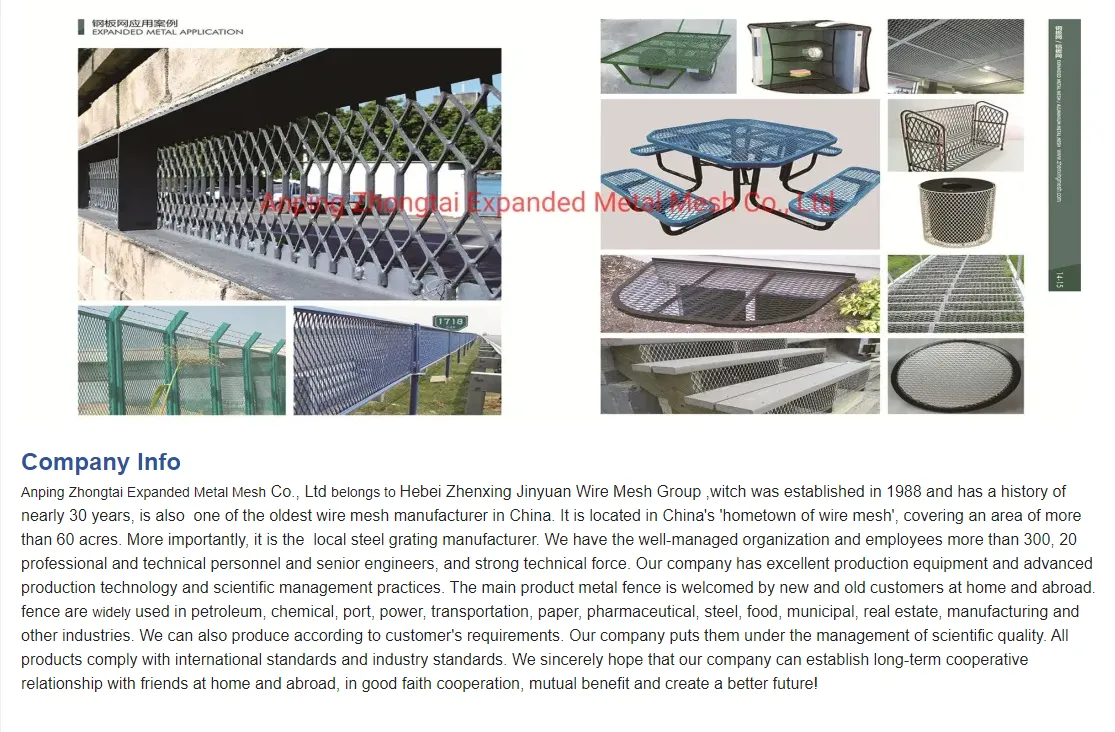Understanding Assault Course Netting An Essential Component of Training
Assault course netting, often referred to as tactical or military netting, plays a crucial role in various training environments, especially within military, law enforcement, and adventure sports contexts. Its application is primarily in obstacle courses designed to enhance physical fitness, teamwork, and tactical skills. The use of netting in these courses not only adds a challenging physical element but also simulates real-world scenarios that individuals may encounter in the field.
Firstly, the design and construction of assault course netting are pivotal to its effectiveness. Typically made from durable materials, this netting is engineered to withstand heavy use and environmental conditions. The netting must be robust enough to endure the weight and impact of individuals climbing, crawling, or maneuvering through it. This durability ensures that the obstacle course remains safe and functional over time, allowing for repeated practice sessions essential for honing skills and building physical strength.
Assault course netting is more than just a physical challenge; it serves psychological and strategic purposes as well. During training, participants often face obstacles that require not only physical prowess but also mental resilience. Navigating through or over netting can be daunting, especially under time constraints or in competitive scenarios. This aspect of training instills confidence and fosters a growth mindset, teaching trainees to push through barriers, both literally and metaphorically.
assault course netting

Moreover, the incorporation of netting in assault courses encourages teamwork and communication. In many military and tactical training settings, participants must work together to overcome obstacles. This reliance on teamwork is vital, as it mirrors real-life situations where collaboration is essential for success. Individuals learn to rely on their comrades, enhancing their collaborative skills and building trust within their team. This experience is invaluable, as it prepares them for high-stakes environments where effective communication and coordinated efforts can determine outcomes.
Additionally, assault course netting proves beneficial for developing various physical skills. Climbing, crawling, and navigating through netting require agility, strength, and endurance. These physical competencies are crucial for military personnel and athletes alike. The repetitive nature of training on such courses helps build muscle memory and enhances overall athletic performance. Regular practice can significantly improve cardiovascular fitness and core strength, which are fundamental for enduring demanding physical tasks.
Safety is equally paramount in the context of assault course netting. Proper installation and maintenance of the netting are essential to prevent accidents and injuries. Training facilities must ensure that the netting is securely fastened and regularly inspected for wear and tear. Providing safety gear such as helmets and pads can further protect participants during training, allowing them to focus on pushing their limits without the fear of injury.
In conclusion, assault course netting is a vital element in many physical training programs designed to prepare individuals for demanding roles in military, law enforcement, and competitive sports. Its multifaceted benefits, including enhancing physical fitness, promoting teamwork, building mental resilience, and ensuring safety, make it an indispensable tool in various training regimes. As the importance of physical and mental preparedness continues to grow across different fields, assault course netting will remain a fundamental aspect of effective training methodologies. Through challenging yet rewarding experiences, participants emerge stronger, more capable, and better equipped to face the challenges that lie ahead.
-
Why Galvanized Trench Cover Steel Grating Resists Corrosion
NewsJul.10,2025
-
The Versatility and Strength of Stainless Expanded Metal Mesh
NewsJul.10,2025
-
Load Calculations in Steel Grating Platforms
NewsJul.10,2025
-
Keeping Pets and Kids Safe with Chicken Wire Deck Railing
NewsJul.10,2025
-
Hole Diameter and Pitch for Round Perforated Metal Sheets
NewsJul.10,2025
-
Aluminium Diamond Mesh in Modern Architecture
NewsJul.10,2025
Subscribe now!
Stay up to date with the latest on Fry Steeland industry news.

